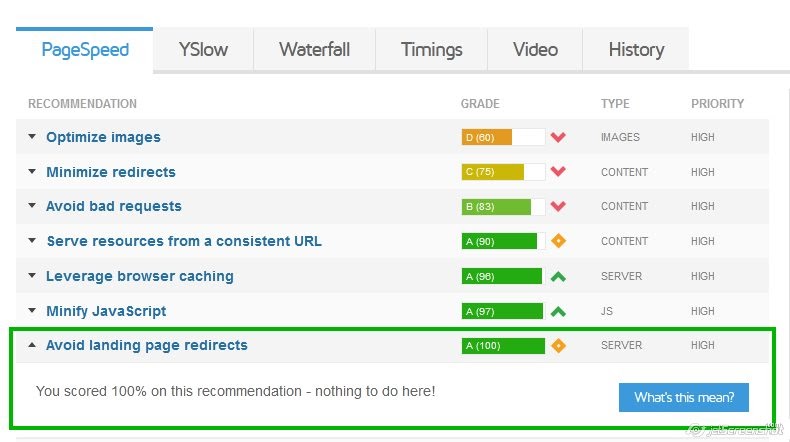Table Of Content
How to Avoid Landing Page Redirects
June 30, 2020 | 05 min read
1. Quickread
Have you noticed about ‘Avoid landing page redirects warnings’ in GTMetrix or Google page speed insight recommendation? What does it mean? How will it affect my sites? How can I fix it? All these questions in your mind. Right?
Let’s see in detail what a landing page redirect and how it will impact your site speed and how you can fix this.
This blog will be helpful to understand the meaning of ‘landing page redirect’, how you can fix it and why this is important for your shopify store.
2. What is a landing page redirects?
Landing pages are very important for your online store. So it should be open fast and work efficiently.If it’s showing round trips and taking too much time to respond to users then there will be a more bounce rate. So it’s a must to take care of this thing in your shopify store.
First need to know, What is a landing page redirects?
When a user requests a landing page then there is more than one redirect from a URL to a final landing page, this process is called a landing page redirect.
As there are more than one redirects for the landing page it means it will take time to load the page and during loading time it will show the round trips. This can be a factor to slow down your website. So it’s very important to focus on how you can avoid landing page redirects.
As we know if a site is slow then it will highly impact SEO and conversion rate. Slower site speed will result in high bounce rates, and consequently less traffic to your site, fewer conversions and even sales if you are a business. It also creates bad user experiences and makes it more difficult for search engine bots to crawl your site.
3. How does it work?
When a user requests any URL then it’s like a user sending an HTTP request to the server. After processing the request server then sends a response to the user’s request. If there are more redirects then it will take time to load the site and show round trips during site loading and this load time is called round-trip time (RTT).
Sometimes it’s essential to redirect the landing page URL from one to another. There are a few reasons for this landing page redirects:
- To demonstrate the new URL of a landing page that has moved.
- To track the landing page log and conversion of new url.
- To connect between different parts of a site, different protocols (HTTP to HTTPS), different security policies (e.g. unauthenticated and authenticated pages) etc.
- To add a trailing slash to URL directory names to make their contents accessible to the browser.
You are redirecting for any reason but Redirects trigger an additional HTTP request-response cycle and add round-trip-time during site loading. So it’s important to minimize the number of redirects issued by your application – especially for resources needed for starting up your homepage. The best way to do this is to restrict your use of redirects to only those cases where it’s absolutely technically necessary, and to find other solutions where it’s not.
4. Tools to be used to check landing page redirects
You can check your site in site speed testing tools and you will get the details if there are more redirects on your site for landing page. You can use below tools, these tools are very helpful to check your site speed and you can directly know about if any landing page redirects exist on your website.
5. How to avoid landing page redirects?
Landing page is the most important page of any online website. Users are more interested in buying from your website after going through the landing page. Sometimes desktop site version redirects to mobile version, during this redirect processing there can be more requests generated and takes more time to load site on mobile because there is URL redirect is happening, for example site URL for desktop is example.com and during loading on mobile site URL is m.example.com and in such a scenario users may leave your website.
Solution for this problem is, you may avoid this problem, instead of loading the same site on a mobile device use the responsive design for mobile version. So your site may load faster and users will be happy to see that as it’s loading in a few seconds. It will help to boost your site
Second, You can set up direct access for your non-html resources such as images, css, etc. because if these resources are called from other sites then it will take more time to load these resources so better if you load the non-HTML resources from your database.
When there are more url redirect for a point of arrival at that point page speed device identifies that This could for instance be a divert chain this way:
example.com https://example.com https://www.example.com/
A right form would rather be:example.com https://www.example.com
The various redirects chain frequently happens, cause there are two bits of code, each dealing with their own piece of the sidetracks.Suppose one code document handles the “https” redirect and another handles manual sidetracks from old page URLs to new ones.






